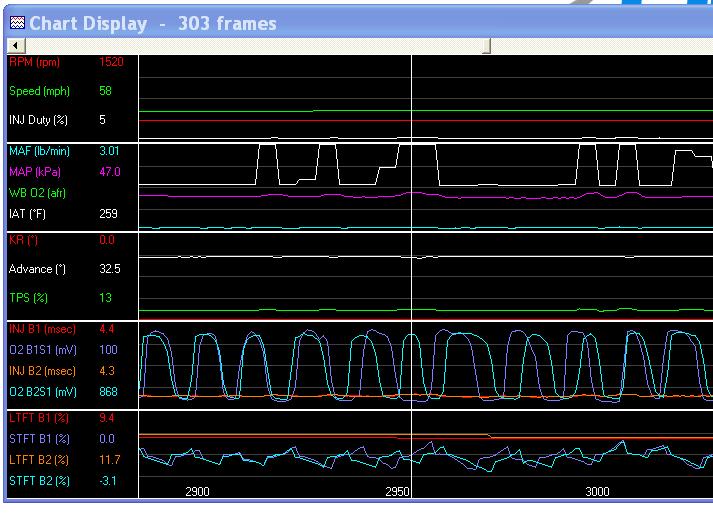ADulay
New member
Guys,
Well, there's been some interesting conversation with this thread on thermostats, but perhaps some of us may be thinking of the operation incorrectly.
If I may be so bold (being the new guy and all) to make a short and simple explanation of what you are seeing.
The thermostat is merely an "on/off switch" for coolant to move in a certain direction.
When the engine is cold, the coolant does NOT go through the radiator and therefore can warm up the engine as quickly as possible.
Once the coolant temperature reaches the design temperature of the thermostat, IT OPENS! Pretty simple concept, eh?
Once it opens, the coolant can then flow to the radiator and excess heat can be removed.
The key to remember here is that if it opens at 180 degrees, it will still be open at 200 degrees, 210 or whatever your cooling system can keep the coolant temperature stabilized at!
On my old 69 and 77 Corvettes, I did replace the original 195's with 180 stats. Yes, they did run cooler when running in normal conditions but when I pushed them hard (especially the 1969) the temps would run right back up to "slightly hotter than normal" no matter which thermostat was installed.
The bottom line? If your system is running at 200 degrees, the 165, 180 and 195 thermostats ARE OPEN. It's just that the smaller temp ones opened earlier.
If the theory of thermostats has changed since the late 70's then someone please correct me on this.
My current 2004 has the stock thermostat in it, which I will assume is a 195 and that's what it runs at for most of its running time.
Humbly submitted,
AD
Well, there's been some interesting conversation with this thread on thermostats, but perhaps some of us may be thinking of the operation incorrectly.
If I may be so bold (being the new guy and all) to make a short and simple explanation of what you are seeing.
The thermostat is merely an "on/off switch" for coolant to move in a certain direction.
When the engine is cold, the coolant does NOT go through the radiator and therefore can warm up the engine as quickly as possible.
Once the coolant temperature reaches the design temperature of the thermostat, IT OPENS! Pretty simple concept, eh?
Once it opens, the coolant can then flow to the radiator and excess heat can be removed.
The key to remember here is that if it opens at 180 degrees, it will still be open at 200 degrees, 210 or whatever your cooling system can keep the coolant temperature stabilized at!
On my old 69 and 77 Corvettes, I did replace the original 195's with 180 stats. Yes, they did run cooler when running in normal conditions but when I pushed them hard (especially the 1969) the temps would run right back up to "slightly hotter than normal" no matter which thermostat was installed.
The bottom line? If your system is running at 200 degrees, the 165, 180 and 195 thermostats ARE OPEN. It's just that the smaller temp ones opened earlier.
If the theory of thermostats has changed since the late 70's then someone please correct me on this.
My current 2004 has the stock thermostat in it, which I will assume is a 195 and that's what it runs at for most of its running time.
Humbly submitted,
AD




